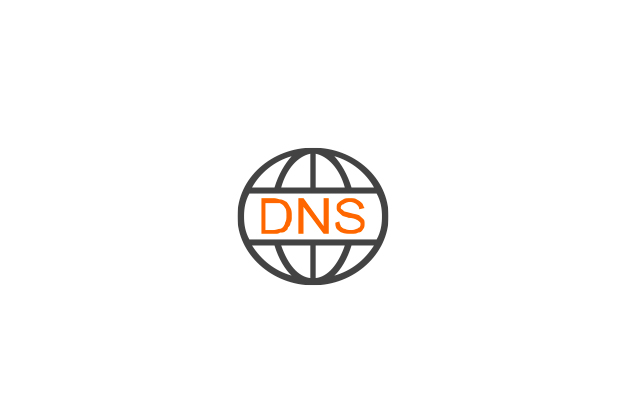Public Cloud – Flexible Engine
Domain Name Service – translate your domain name into an IP address
A reliable, economical, and efficient way for users and developers to translate a domain name to an IP address

Users can create DNS on the web console and configure the domain name of the private IP address of the DNS service to improve system availability.
Public Zone: A public zone is created for a public domain name registered with the domain name registrar. After replacing the domain name NS records with those provided by the DNS service, users can use the DNS service to resolve and manage the domain name.
Private Zone: A private zone is created for a domain name that is valid only in the associated VPC. Internal DNS, a new feature provided by the DNS service, provides private domain name services. Internal DNS functions as a local DNS server for a VPC, can also serve as authoritative DNS for the private zone associated with the VPC. When a server in the VPC initiates a private zone access request, the internal DNS server responds directly to the request, without querying the domain name on the root DNS server. Domain name resolution will therefore be protected against hijacking and will become faster.
Features
The Domain Name Service feature allows users to control self-service DNS. A Flexible Web management console is provided for users to easily configure DNS and quickly add service resources.
Autonomous DNS management by users
- Resolve public domain names
- Resolve private domain names
- Manage public / private hosted zones and recordsets.
- DNS service protected with Anti-DDoS.
- Use highly available DNS services.
- Support for reverse DNS via PTR registration function
What is reverse DNS?
Reverse DNS is the query of the domain name system to determine the domain name associated with an IP address, the reverse of the useful “direct” DNS lookup of an address from a domain name. The process of reverse resolving an IP address uses PTR records. The Internet reverse DNS database is routed to the arpa top level domain. Although informative RFC 1912 [1] (section 2.1) recommends that “every host accessible over the Internet has a name” and that “for every IP address there should be a corresponding PTR record”, this is not a requirement. standard, and not all IP addresses have a reverse entry.
This feature is required for outgoing mail servers. This record adds reliability for the sending server and allows the receiving end to verify the hostname of an IP address. This is a great way to protect against all kinds of keys that use fraudulent domain names to send spam. This is why some big email providers like yahoo.com, gmail.com use reverse DNS lookup before accepting incoming emails.
Restrictions
Public zone
Users should ask the domain name registrar to replace NS records with those provided by the DNS service. Otherwise, the zone and the recordset created on the Flexible Engine console will not take effect.
Private zone
Users must first have a VPC so that they can associate it with the private zone to be created.
Benefits
High availability
Le DNS est développé sur une infrastructure hautement disponible et fiable.
Scalability
DNS peut augmenter et réduire automatiquement pour gérer les demandes de requêtes simultanées.
Interconnection
Le DNS peut mapper les noms de domaine aux ECS, aux compartiments OBS et à d’autres services.
Easy to use
Users can complete DNS configuration on the management console within minutes. Then DNS is available as EVS, such as shared disk, disk backup, etc.